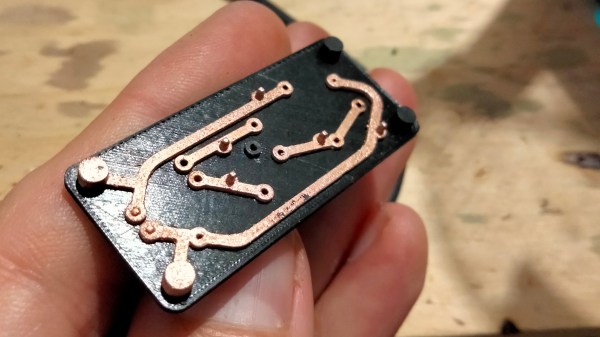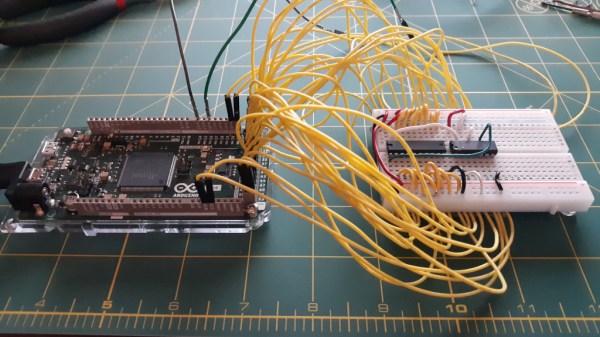When starting a new electronics project today, one of the first things that we tend to do is pick the integrated circuits that make up the core of the design. This can be anything from a microcontroller and various controller ICs to a sprinkling of MOSFETs, opamps, and possibly some 7400- or 4000-series logic ICs to tie things together. Yet it hasn’t been that long since this level of high integration and miniaturization was firmly in the realm of science-fiction, with even NORBIT modules seeming futuristic.
Starting with the construction of the first point-contact transistor in 1947 and the bipolar junction transistor (BJT) in 1948 at Bell Labs, the electronics world would soon see the beginning of its biggest transformation to that point. Yet due to the interesting geopolitical circumstances of the 20th century, this led to a fascinating situation of parallel development, blatant copying of designs, and one of the most fascinating stories in technology history on both sides of the Iron Curtain. Continue reading “TTL And CMOS Logic ICs: The Building Blocks Of A Revolution”














